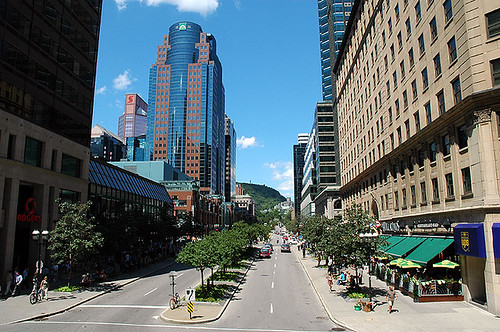Refer to what I posted in Post #14.
It's possible, but supercolumn design is extremely expensive and offers no incentive for the developer to go upwards AT HEIGHTS BOSTON WILL TOLERATE. Anyone developing directly over the Pike would want to keep the building as low and wide as possible in order to turn a profit on the project.
fixed

